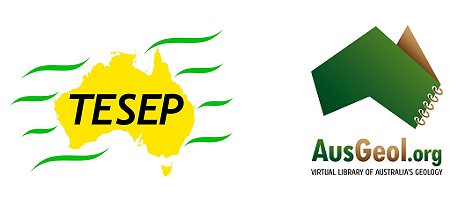 Igneous rocks form by crystallisation from a liquid called magma.
Igneous rocks form by crystallisation from a liquid called magma.
Magma is liquid rock that is formed deep within the Earth where pre-existing rocks melt.
The temperature and properties of the magma depend on the composition of the rock that was melted.
Magma may be ‘cold’ (~800 degrees celsius) and stiff if it contains lots of the element silicon (Si) or ‘hot’ (>1300 degrees Celsius) if it has low silicon.
Magma comes to the surface of the Earth through volcanoes where it can flow as lava and then cool and crystallise to form extrusive or volcanic rocks.
Find out more about extrusive / volcanic igneous rocks here.
Sometimes volcanic eruptions are explosive and these eruptions can produce pyroclastic rocks which are composed of particles. The term pyroclastic comes from two greek words: pyro – fire and klastos – broken into pieces.
Magma can also cool and crystallise deep within the Earth to form intrusive igneous rocks.
Find out more about intrusive igneous rocks here.
The minerals that form in an igneous rock depend on the original chemical composition of the magma.
- High silicon magmas typically crystallise to form lots of quartz and potassium feldspar and only small proportions of dark coloured minerals that contain iron and magnesium.
- Low silicon magmas mainly produce rocks that do not contain quartz or potassium feldspar but which contain lots of dark iron and magnesium-bearing minerals.
The size of the crystals in an igneous rock is mainly controlled by how fast the magma cools:
- Slow cooling deep within the Earth results in large crystals.
- Rapid cooling at the Earth’s surface produces small crystals.
Volcanic rocks occur on land but also erupt under water. When hot magma is erupted into cold water the outer surface cools very rapidly but the interior keeps flowing. This can produce lava flows with lobes or pillow structures. These features tell geologists that the lava was erupted under water.
| Minerals | Rock Cycle | Igneous Rocks | Sedimentary Rocks | Metamorphic Rocks |

A joint TESEP - AusGeol.org production.
This educational product is designed for Yr 7-10 secondary students to complement the earth and space component
of the Australian National Science Curriculum and all Australian State and Territory curricula
The content and design of this educational product is based upon materials previously published by AusGeol.org